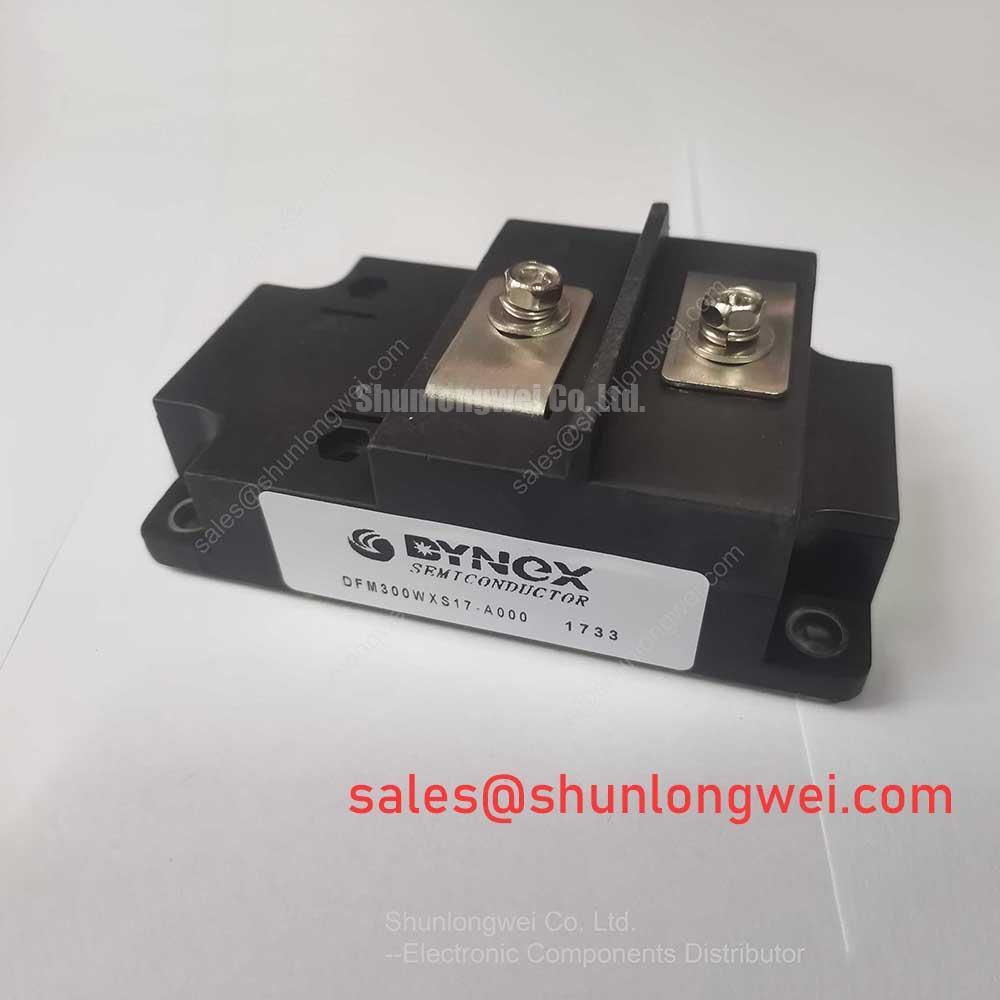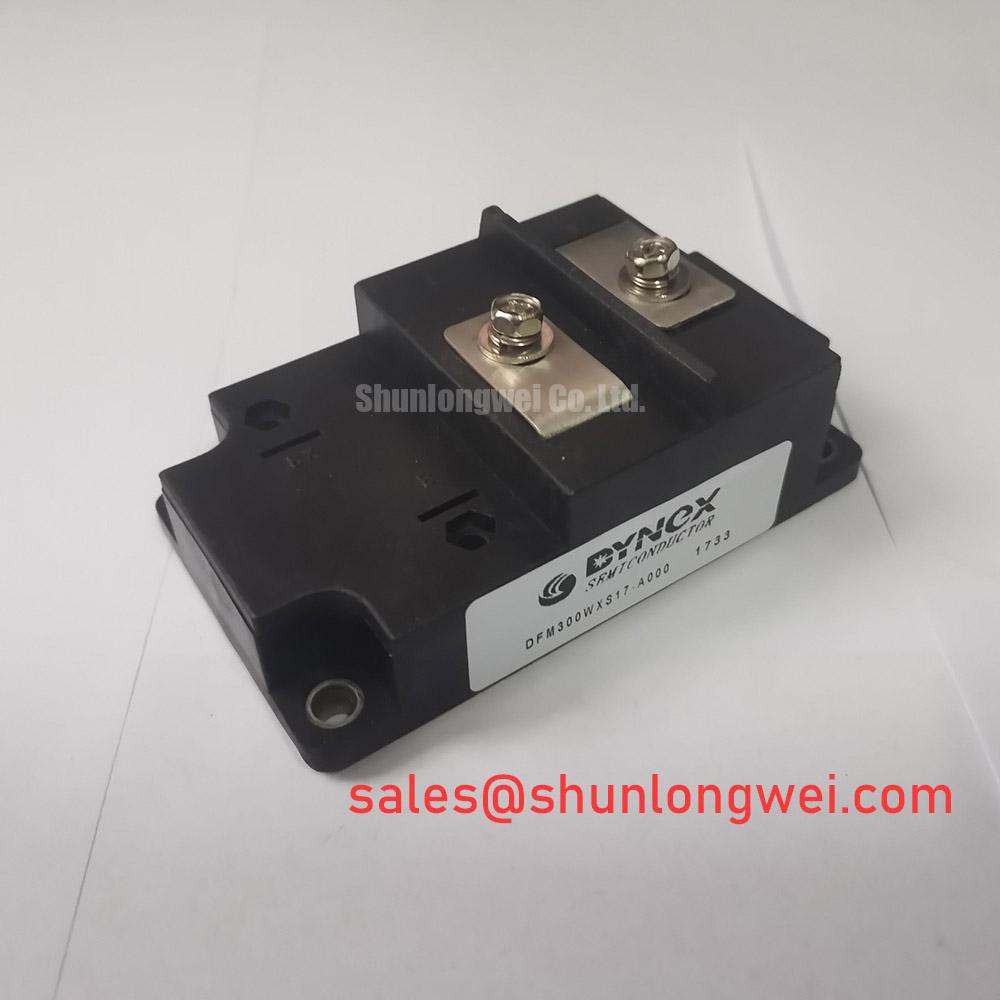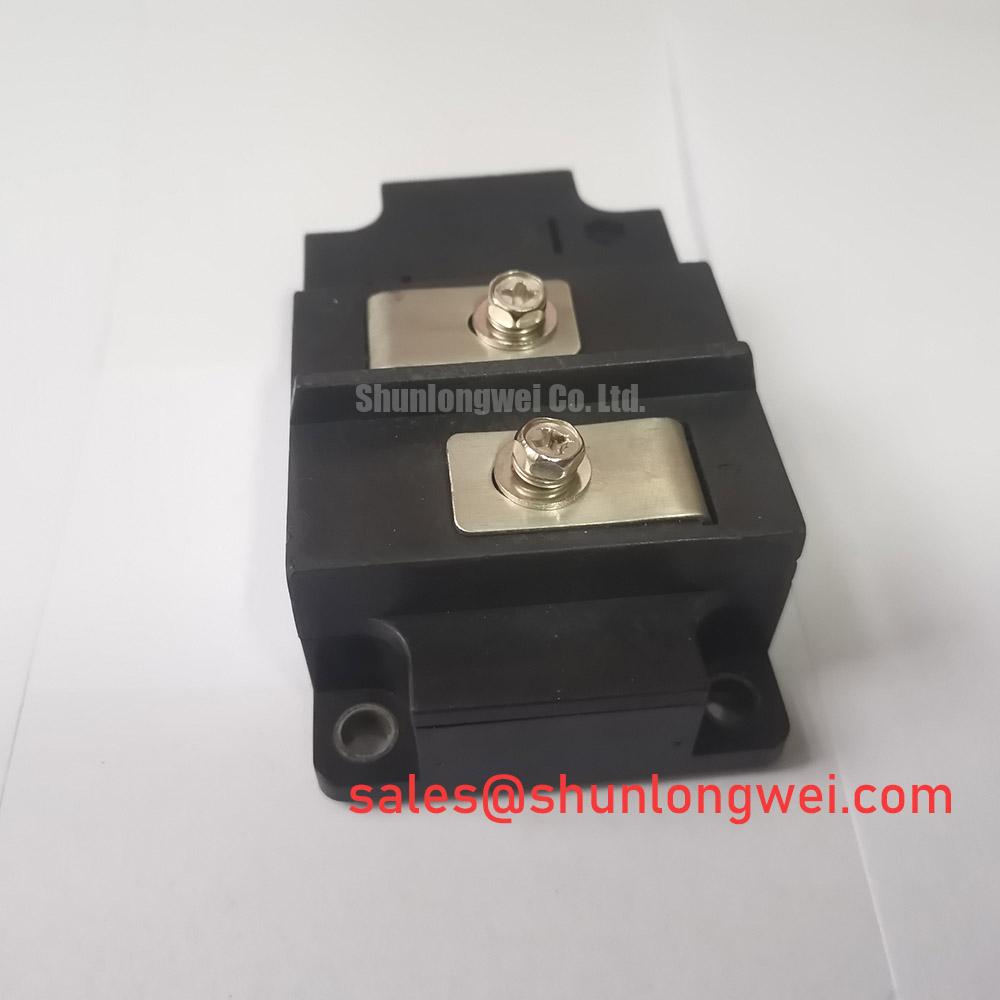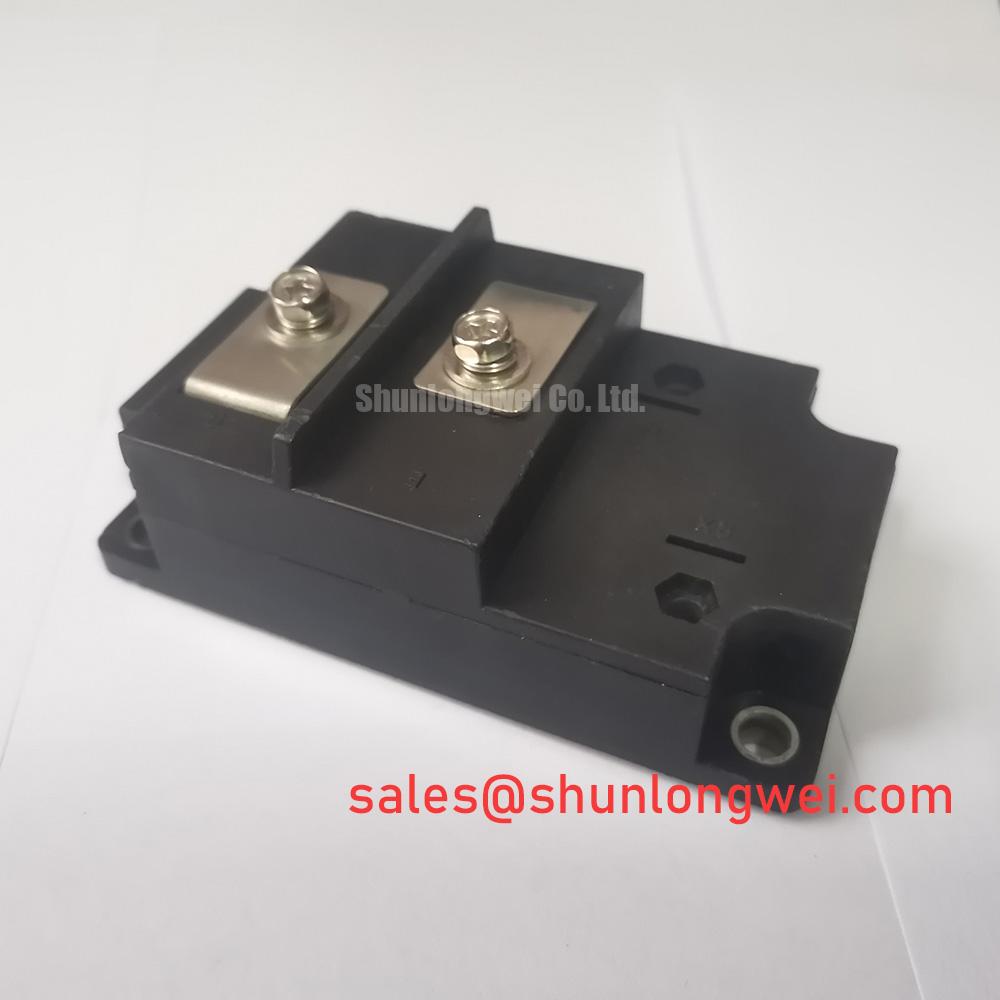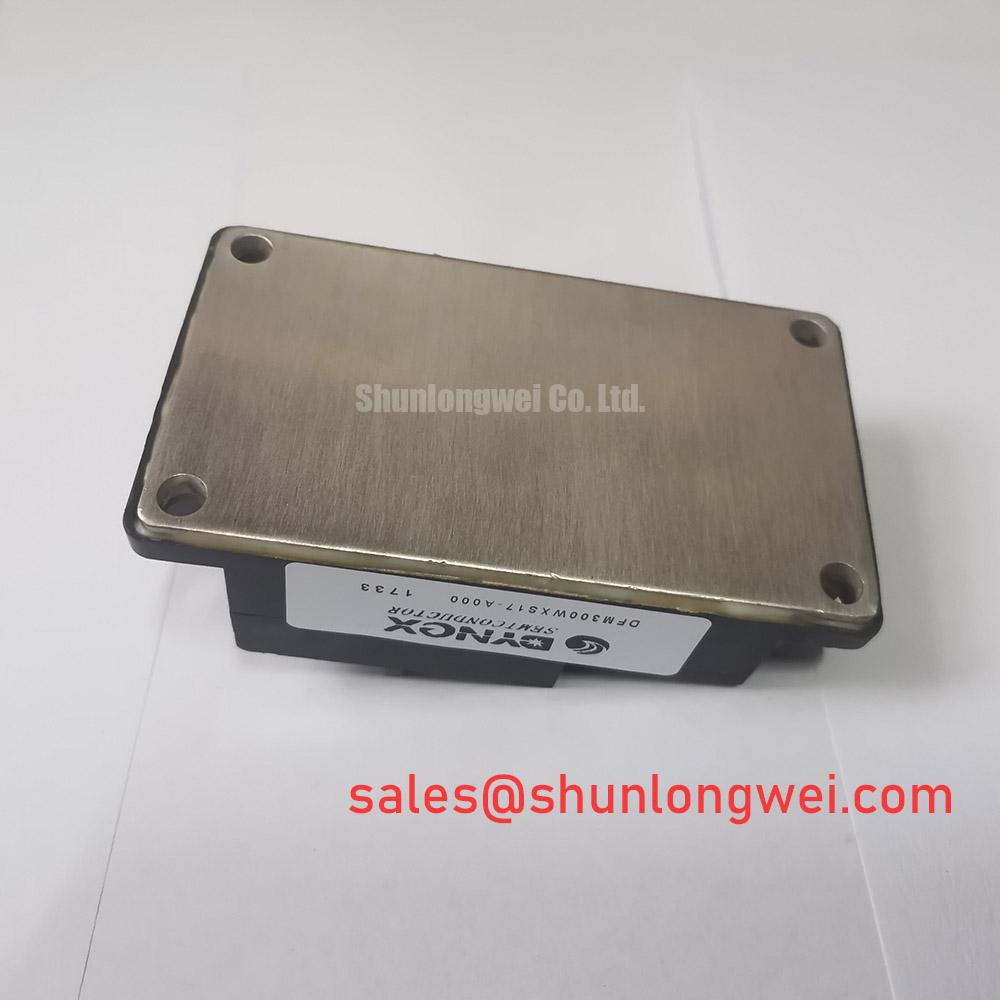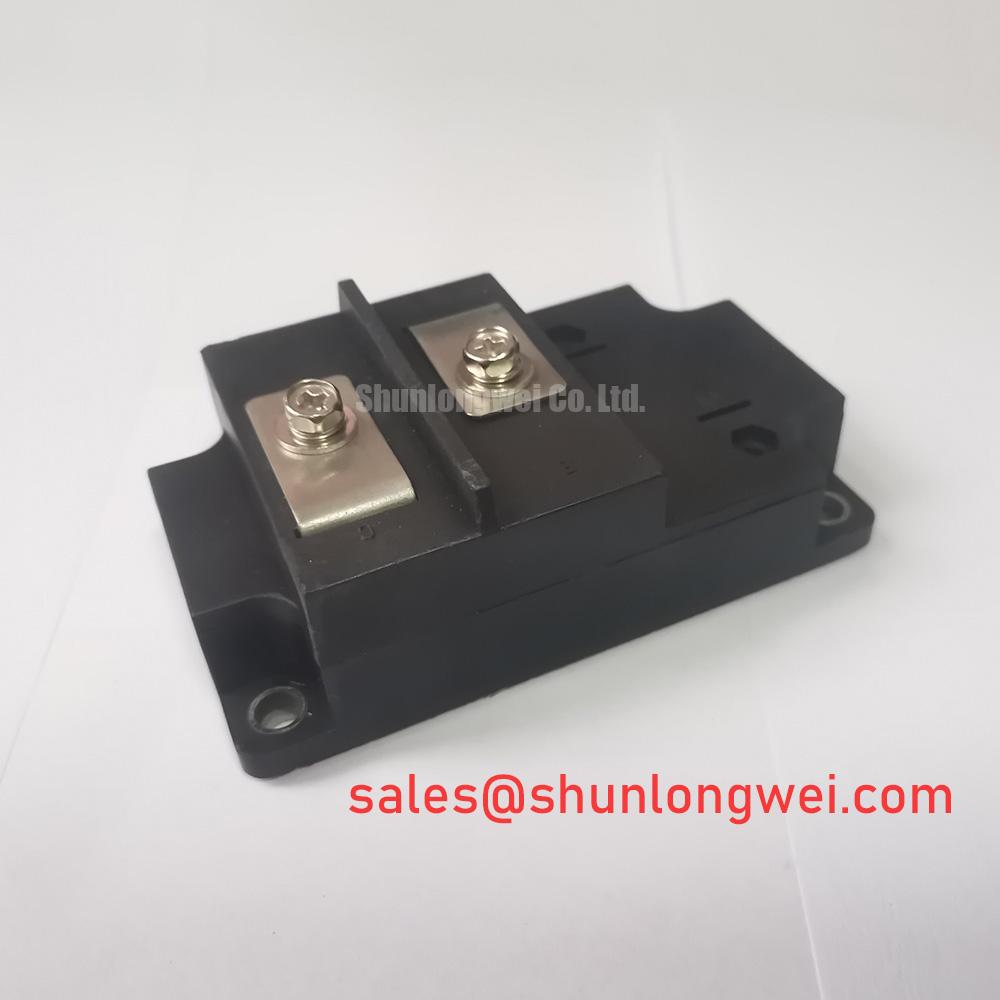Content last revised on November 21, 2025
DFM300WXS17-A000: Technical Product Analysis
DFM300WXS17-A000 1700V 300A Dual IGBT Module
Engineered for High-Efficiency Power Conversion in Demanding Industrial Systems
This technical overview details the DFM300WXS17-A000, a dual switch IGBT module designed for high-voltage power control systems. It delivers a robust performance profile centered on minimizing total power losses through optimized switching and conduction characteristics. With core specifications of 1700V | 300A | VCE(sat) of 2.2V (typ), this module provides two key engineering benefits: significantly reduced thermal load and enhanced system reliability under demanding operational cycles. It directly addresses the challenge of achieving high efficiency in high-frequency applications by providing a low total switching loss (Ets) of 34mJ. For industrial drive systems operating from 690VAC lines, the DFM300WXS17-A000's 1700V rating and thermal efficiency present an optimal design choice.
Application Scenarios & Value
System-Level Benefits in Motor Drives and Renewable Energy Inverters
The DFM300WXS17-A000 is engineered for high-power, high-voltage applications where efficiency and reliability are paramount. Its robust 1700V blocking voltage provides the necessary design margin for systems connected to 690V AC lines, making it an excellent component for medium-voltage industrial equipment.
Consider a high-power Variable Frequency Drive (VFD) operating heavy machinery. The primary engineering challenge is managing the heat generated within the power stage, which directly impacts the size of the enclosure and the cost of the cooling system. The DFM300WXS17-A000's low typical collector-emitter saturation voltage (VCE(sat)) of 2.2V at its nominal 300A rating directly lowers conduction losses. This reduction in wasted energy as heat means a smaller, more cost-effective heatsink can be used, enabling higher power density and potentially reducing the overall system footprint. This efficiency is critical in applications like large-scale solar inverters and wind turbine converters, where maximizing energy yield is the primary objective. The module's performance under various Pulse Width Modulation (PWM) strategies allows for precise control while maintaining high operational efficiency.
For systems that require a different current rating but similar voltage characteristics, the related SKM400GAR12T4 offers a 400A capacity in a 1200V package, suitable for different power level requirements.
Key Parameter Overview
Specifications Translated into Engineering Value
The technical specifications of the DFM300WXS17-A000 are carefully balanced to provide robust and efficient performance. The following table highlights key parameters and interprets their direct impact on system design and reliability.
| Parameter | Typical Value | Engineering Significance |
|---|---|---|
| Collector-Emitter Voltage (VCES) | 1700V | Provides a crucial safety margin for reliable operation in inverters running on 600V to 690V AC lines, protecting against transient overvoltages. |
| Continuous Collector Current (IC) @ Tc=80°C | 300A | Defines the module's capacity for high-power applications, enabling control of large industrial motors and high-capacity power converters. |
| Collector-Emitter Saturation Voltage (VCE(sat)) @ IC=300A | 2.2V | Directly translates to lower conduction losses. Think of it as low friction; less energy is wasted as heat when the switch is on, improving overall system efficiency. |
| Total Switching Energy (Ets) @ IC=300A | 34mJ | A low value signifies minimal energy loss during turn-on and turn-off events, which is critical for reducing heat in systems with high PWM frequencies. |
| Thermal Resistance, Junction-to-Case (Rth(j-c)) per IGBT | 0.075 °C/W | Indicates highly efficient heat transfer from the silicon chip to the module's baseplate. This is like a well-designed thermal pipeline, ensuring the device stays cool and reliable. |
| Short Circuit Withstand Time (tsc) | 10µs | Offers a robust window for protection circuits to detect a fault and safely shut down the system, preventing catastrophic module failure. |
Technical Deep Dive
A Closer Look at the Chip Technology for Enhanced Performance
The performance of the DFM300WXS17-A000 is rooted in its advanced silicon design, which employs proven trench-gate and field-stop IGBT technology. This architecture is pivotal in achieving the module's low VCE(sat) and optimized switching characteristics. The trench-gate structure increases the channel density on the chip surface, which lowers the on-state resistance and, consequently, the conduction losses. It's analogous to opening more lanes on a highway; more current can flow with less congestion (resistance), reducing wasted energy.
Simultaneously, the field-stop layer, a thin, precisely doped region, allows for a significantly thinner silicon die. This reduces the turn-off energy (Eoff), a major component of switching losses, especially at higher frequencies. The combination of these technologies ensures a superior trade-off between conduction and switching losses, a critical factor for designers of modern power electronics like high-frequency induction heating systems and auxiliary power converters in transportation. The integrated anti-parallel diode is co-packed and optimized for soft recovery, minimizing voltage overshoot and electromagnetic interference (EMI) during operation.
Frequently Asked Questions (FAQ)
How does the 1700V VCES rating of the DFM300WXS17-A000 benefit industrial applications?
The 1700V rating provides the necessary voltage headroom for safe and reliable operation in systems powered by 690V AC industrial mains. This margin is essential to withstand voltage spikes and transients common in industrial environments, enhancing the long-term reliability of the equipment, including motor drives and UPS systems.
What is the primary advantage of the low VCE(sat) of 2.2V in this module?
A low VCE(sat) directly reduces conduction losses (P = VCE(sat) x IC), meaning less power is converted into waste heat when the IGBT is on. This leads to higher inverter efficiency, lower operating temperatures, and allows for smaller, more cost-effective thermal management solutions.
How does the thermal resistance (Rth(j-c)) of 0.075 °C/W impact heatsink selection?
This low thermal resistance value indicates very effective heat transfer from the active silicon to the module case. It allows the generated heat to be evacuated efficiently, simplifying heatsink design. For a given power loss, a lower Rth(j-c) results in a lower junction temperature, which is a key factor in improving the module's lifespan and reliability. What is the impact of low Rth? It enables more compact and cost-effective cooling designs.
What are the key considerations for designing a gate drive circuit for the DFM300WXS17-A000?
For optimal performance, the gate drive circuit should provide the recommended gate-emitter voltages (e.g., +15V for turn-on, -8V to -15V for turn-off) with sufficient peak current capability to charge and discharge the gate capacitance quickly. A negative turn-off voltage is crucial for ensuring high immunity to dv/dt induced turn-on, especially in a half-bridge configuration.
Is the DFM300WXS17-A000 suitable for high-frequency switching?
Yes, its low total switching energy (Ets) of 34mJ makes it well-suited for applications requiring higher switching frequencies. Lower switching losses mean less heat is generated during each on/off transition, enabling efficient operation in systems like high-frequency welding power supplies and solar inverters that utilize advanced PWM schemes.
An Engineer's Perspective on Implementation
From a design engineer's viewpoint, the DFM300WXS17-A000 offers a solid foundation for building robust power stages. The key is to leverage its low-loss characteristics through careful system integration. Effective thermal management, starting with a quality thermal interface material and an adequately sized heatsink, is critical to capitalizing on the module's low thermal resistance. Furthermore, the layout of the DC link capacitors and the gate drive circuitry should be compact to minimize stray inductance, which helps reduce voltage overshoot during high-speed switching and ensures clean, reliable performance over the product's lifetime.

